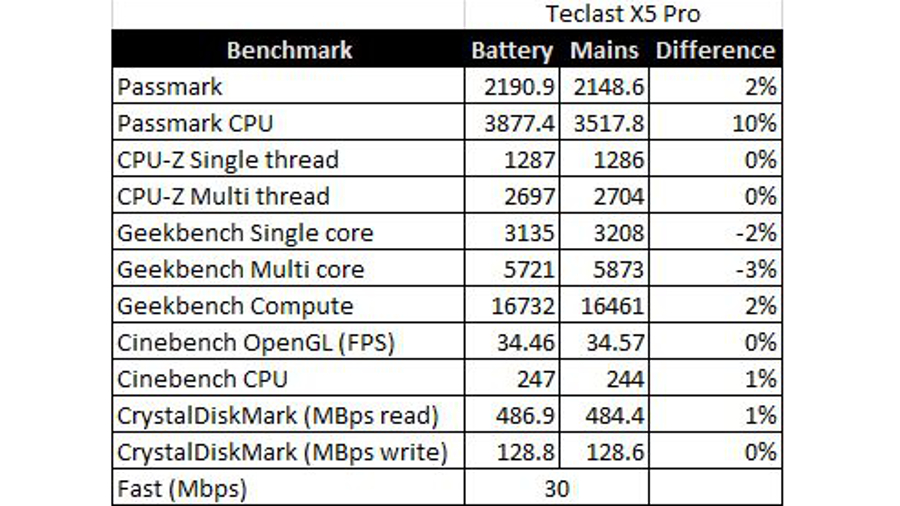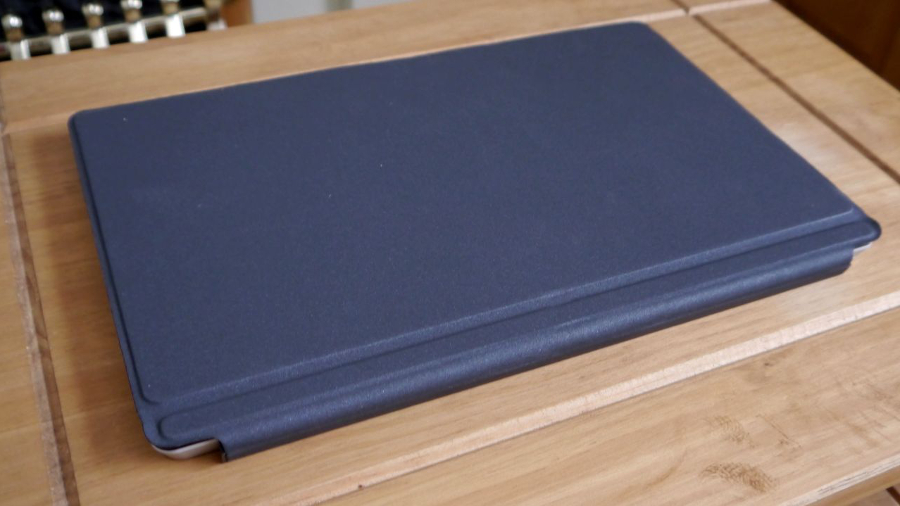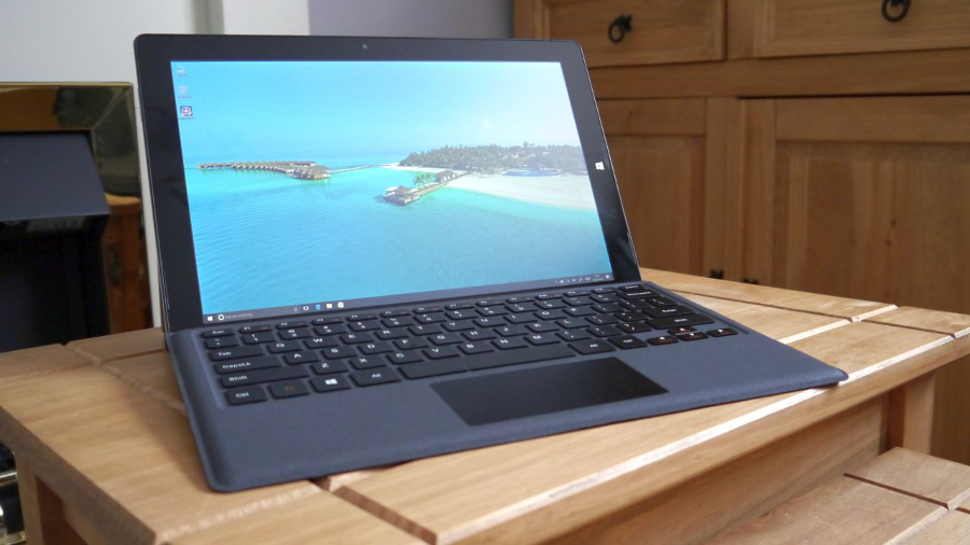Why you can trust TechRadar
In use
Surface-like detachable models are perfectly usable when you have a flat surface (which is usually how they’re depicted in adverts, by the way), but using them like a laptop (i.e. actually on your lap) is best described as an awkward experience, not least because of the discomfort caused by the kickstand.
If you can live with that, the Teclast X5 Pro is a perfectly capable computer. The hardware shines brightly (as does the screen) and this device is even faster than the Xiaomi Air 12 (which itself was no slouch). The benchmark results (below) leave no doubt as to how powerful this convertible tablet is.

Battery life was more than decent with the X5 Pro hitting about 5 hours 20 minutes playing a count-up timer on YouTube with brightness set on 50%.
The keyboard cover is a good compromise between the basic models that are usually bundled with entry-level tablet convertibles, and the beefier (and more feature-laden) ones that accompany higher-end models.
The keys are surprisingly springy and provide a nice bit of ‘oomph’ for your typing experience, especially with big Shift keys and reasonably-sized function keys. The touchpad was a completely different story though – in fact, it almost seems like an afterthought.
The keyboard attachment of the X5 Pro is based on the Microsoft Surface Type Cover. The Surface tablet itself has a 3:2 aspect ratio and is therefore less rectangular than the X5 Pro and its 16:10 ratio.
That translates into a smaller available space for the touchpad. As such, this input peripheral felt cramped, with a lack of adequate feedback from the left-click area being a major downer.

Final verdict
When you spend the best part of £500 (around $620, AU$800) on a tablet, you expect near perfection when it comes to the delivery. The Teclast X5 Pro is battling against some serious competition at this level: the Core-M-powered HP Pavilion x2 12-b100na costs far less (£449 – around $550, AU$715 – at the time of writing) and includes a keyboard and an active pen.
It’s the same story for the Lenovo IdeaPad Miix 700 (£599.99 at the time of writing – around $740, AU$960) which comes with a 3D camera and a keyboard case. Sure, the hardware specifications of both are sub-par compared to the X5 Pro but they are both backed by global, recognised brands (Dell stopped selling detachable 2-in-1 tablets, opting instead for Yoga-like models).
That said, there’s a lot to love about the X5 Pro. It is good value for money and delivers the sort of performance we’d expect from a mid-to-high-end Core M device.
But there are also a few things that irritate, the touchpad being the biggest culprit here. For the end user, the default Chinese Windows 10 installation is a no-no and while it can be easily resolved, it shouldn’t have happened in the first place.
- These are the best business tablets of 2017

Désiré has been musing and writing about technology during a career spanning four decades. He dabbled in website builders and web hosting when DHTML and frames were in vogue and started narrating about the impact of technology on society just before the start of the Y2K hysteria at the turn of the last millennium.
